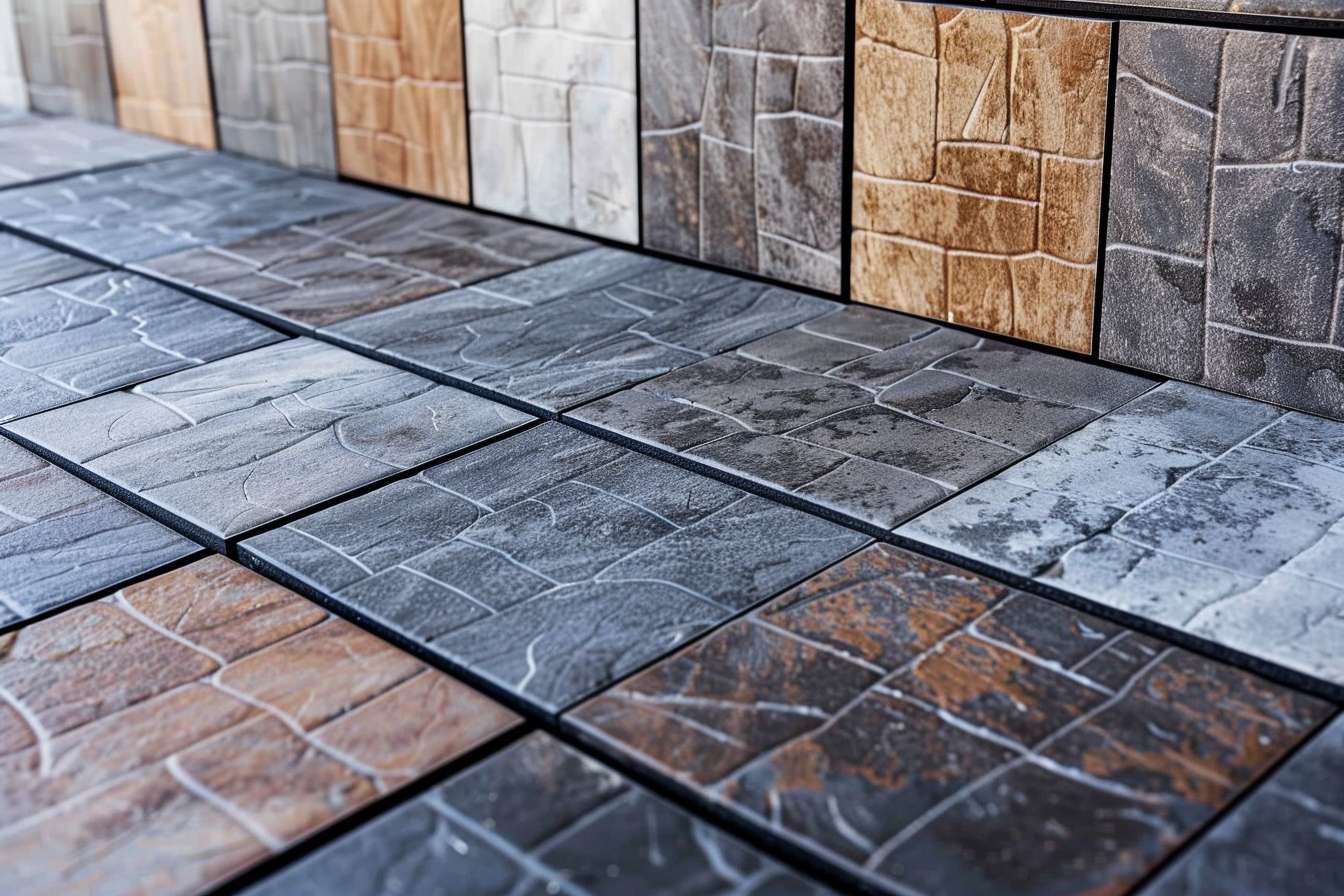A Beginner's Guide to Collecting and Decorating Art Pieces.
Make Your Home a Gallery. Art has the power to transform any space, adding personality, color, and character to your home or office. Whether it's a bold abstract painting, a serene landscape, or a striking photograph, each piece tells a story and evokes emotion.

Understanding Fine Art Categories and Styles
Fine art encompasses a broad spectrum of artistic expressions, from traditional oil paintings and sculptures to modern mixed-media installations. When beginning your collection, it’s essential to understand different artistic movements and mediums. Classical fine art includes works created using traditional techniques such as oil painting, watercolor, printmaking, and sculpture. These pieces often demonstrate exceptional technical skill and have historical or cultural significance. Many collectors start with prints or smaller original works from established artists before investing in larger, more expensive pieces. Consider visiting local galleries, museums, and art fairs to develop your eye and understanding of different styles, periods, and artistic techniques.
Exploring Contemporary Art Movements and Artists
Contemporary art refers to artwork created from the 1970s to the present day, reflecting current social, political, and cultural themes. This category includes diverse mediums such as digital art, video installations, performance art, and conceptual pieces. Contemporary artists often experiment with unconventional materials and challenge traditional artistic boundaries. When collecting contemporary art, research emerging artists whose work resonates with you personally. Many successful collectors focus on specific movements, geographic regions, or thematic approaches. Attend gallery openings, art fairs, and studio visits to connect directly with artists and gain insight into their creative processes and artistic vision.
Selecting and Purchasing Original Art Pieces
Original art represents unique, one-of-a-kind creations that cannot be reproduced exactly. These pieces typically hold greater value and significance compared to prints or reproductions. When purchasing original art, consider factors such as the artist’s reputation, the artwork’s provenance, condition, and authenticity. Request certificates of authenticity and detailed documentation about the piece’s history and creation. Start with works by local or emerging artists, which are often more affordable while still offering the satisfaction of owning original creations. Build relationships with reputable galleries, dealers, and artists who can provide guidance and ensure you’re making informed purchases.
Art Pricing and Investment Considerations
Understanding art pricing helps you make informed purchasing decisions and budget appropriately for your collection. Factors affecting artwork prices include the artist’s reputation and career stage, the piece’s size and medium, rarity, condition, and market demand.
| Art Category | Price Range | Typical Providers | Key Considerations |
|---|---|---|---|
| Emerging Artist Originals | $200 - $2,000 | Local galleries, art fairs, artist studios | Lower risk, potential for appreciation |
| Established Artist Works | $2,000 - $20,000+ | Established galleries, auction houses | Higher investment potential, proven market |
| Limited Edition Prints | $100 - $1,500 | Online platforms, galleries, art dealers | More accessible, good for beginners |
| Contemporary Gallery Pieces | $500 - $10,000+ | Contemporary art galleries, art consultants | Current market trends, curator-selected |
Prices, rates, or cost estimates mentioned in this article are based on the latest available information but may change over time. Independent research is advised before making financial decisions.
Displaying and Arranging Your Art Collection
Proper display techniques enhance both the artwork’s visual impact and its preservation. Consider factors such as lighting, wall space, room proportions, and existing decor when planning your arrangements. Natural light can fade certain mediums over time, so position sensitive pieces away from direct sunlight or use UV-protective glass. Create visual balance by varying sizes, colors, and styles while maintaining cohesive themes throughout your space. Professional framing protects your investment and enhances presentation. Group smaller pieces together to create gallery walls, or use larger statement pieces as focal points in rooms.
Caring for and Maintaining Your Art Investment
Proper care ensures your artwork maintains its value and appearance over time. Control environmental factors such as temperature, humidity, and light exposure to prevent damage. Dust artwork regularly using soft brushes or microfiber cloths, avoiding harsh chemicals or excessive moisture. Store pieces properly when not displayed, using acid-free materials and climate-controlled environments. Consider professional conservation services for valuable or damaged pieces. Document your collection with detailed photographs, purchase records, and insurance appraisals. Regular maintenance and professional handling preserve both the artwork’s physical condition and its monetary value.
Building an art collection is a personal journey that combines aesthetic appreciation with practical considerations. Start small, trust your instincts, and gradually develop your knowledge and collection over time. Focus on pieces that genuinely speak to you rather than following trends or investment advice alone. Remember that the most successful collections reflect the collector’s unique perspective and passion for art, creating meaningful connections between the artwork and your living environment.




